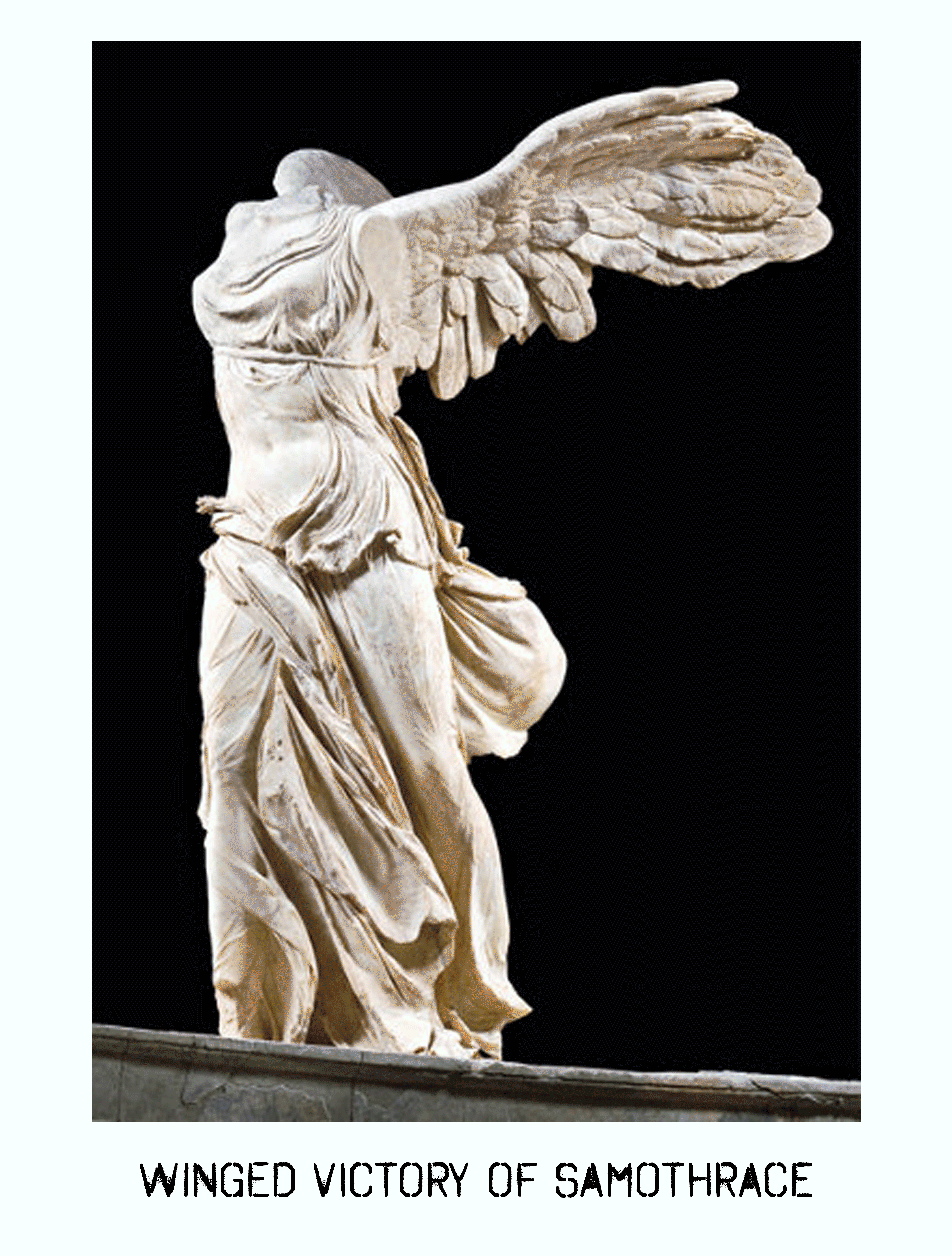
MINOAN ART



2600 to 1100 BC

The Minoans lived on the island of Crete in the meditarian sea and are said to be the first inhabitants of Greece. The Minoan style of art took influence from the Egyptians. The ancient Egyptians were great sea travellers and passed on their skills and ideas. The egyption influence can be seen in the use of bright colours and the ways of drawing people.
However, there were some differences in the way the Minoans painted. The Minoans discovered a new painting technique that is now called fresco. This involved painting onto the wall while the plaster is still wet so the colours soaked right in and did not flake off the surface. Fresco became one of the most popular painting techniques for the next 3000 years.
The minoans broke some of the egyption rules about drawing. They started showing people and animals from different angles and painted without using a grid to give a more natural flowing feel.
ANCIENT GREEK ART



Like the minoans, the people of ancient greece also valued painting highly. Early Greek art was flat looking with symbols and patterns. In later periods Greek art became more life like.
Ancient Greek art is divided into four stylistic periods.
GEOMETRIC PERIOD
Geometric period was the earliest style from 1100 BC to 800 BC.This period began in Athens and spread through the cities of the Agean sea. Geometric perios art features patterns with straight lines and simple shapes.


This horse is Geometric
ARCHAIC PERIOD
The Archaic period was the second stylistic period, it happened approx 800 -- 480 BC. In this period artists followed set rules. they painted flat looking pictures on their pottery and left backgrounds bare. This period also had free standing scultpures called Kouros



CLASSICAL PERIOD
The Classical period saw changes in the style and function of sculpture. Poses became more naturalistic and the technical skill of Greek sculptors in greatly increased. This is said to be the golden age of ancient Greek art.



Hellenistic Period:

After Alexander the Great conquered much of Asia, the sculpture and artwork of the Greeks became influenced by the cultures and people they had conquered. This period is called the Hellenistic Period. This period saw new subjects including women, children, and common people appear in Greek art. Famous works from this era include the Venus de Milo, the Dying Gaul, and the Winged Victory of Samothrace. This period of art saw the Greeks portray people with great beauty regardless of what the person actually looked like. The artists gave men rippling muscles. They gave women long, flowing hair. Eyes and noses were spaced just right.

Dying Gaul, Roman copy
of Greek sculpture
ROMAN ART
the Hellenistic period of Greek art ended with the conquest by Rome. The Romans admired the Greek culture and arts. After conquering Greece, they brought many Greek artists to Rome to make sculptures for them in the Greek fashion. The art of Ancient Greece had a great influence on the art of Ancient Rome
unlike the Greeks, the Romans liked to paint things more realistically and make people as they are.




